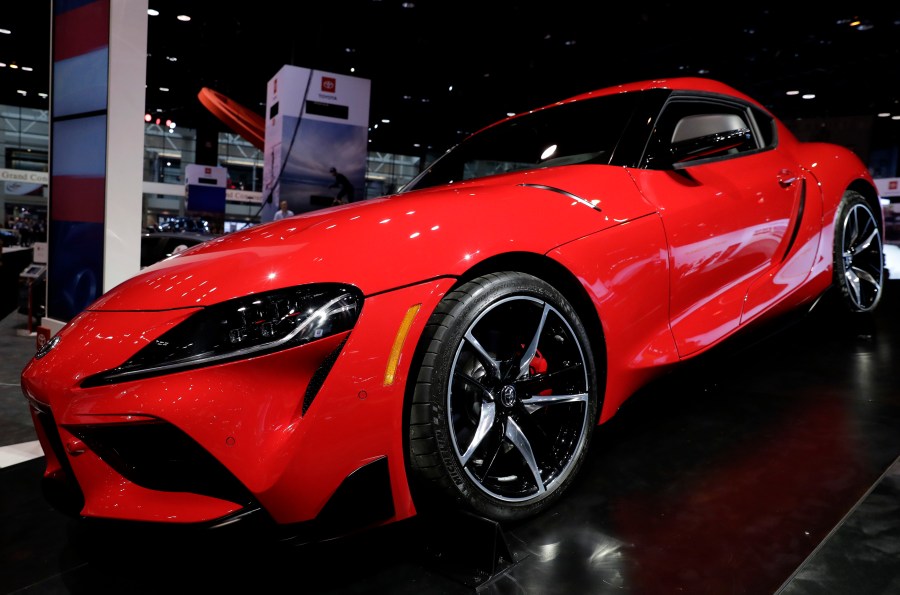We’ve all experienced it.
You’re driving on the freeway and open a window to let in some fresh air. Immediately, you’re hit with throbbing, helicopter-like vibrations that produce unpleasant pressure on your body, especially your ears.
Quickly, you roll down another window. Problem solved.
So, what exactly is that vibration?
It is called wind buffeting and is caused by something called Helmholtz Resonance. Hermann von Hemholtz was a German physicist who is considered one of the most influential scientists of the 19th century.
As Car and Driver explains, wind buffeting is the interaction between two masses of air that creates vortexes that rapidly compress and decompress the air. It works basically the same way as when you blow into a bottle.
“How intrusive buffeting can get depends on the car’s shape and the size of its windows as well as the speed the vehicle is traveling,” the automotive magazine explains.
Most drivers will notice that wind buffeting seems worse when you open a rear window vs. a front window, and the reason for this is simple. When you open a front window, you have side mirrors that help redirect airflow, but no such protection for rear windows.
Opening a sunroof can also produce the effect.
Another interesting note about wind buffeting: experts say it is more common with modern vehicles than older ones. In fact, many people can probably remember a time when this never happened.
The reason why it is more common today is that cars are becoming more aerodynamic and wind-tight to improve fuel economy, as Erie Insurance explains.

Speaking of aerodynamics, there seems to be a consensus among trade magazines that the sporty Toyota Supra has the worst wind buffeting issues of them all. Road & Track calls it an “infuriating defect” that exists with both windows rolled down.
“Doesn’t matter if they’re cracked an inch or all the way down – if you’re driving faster than neighborhood speeds, you’re sitting in the middle of a Toyota-shaped Helmholtz resonance chamber,” Road & Track writes.






















